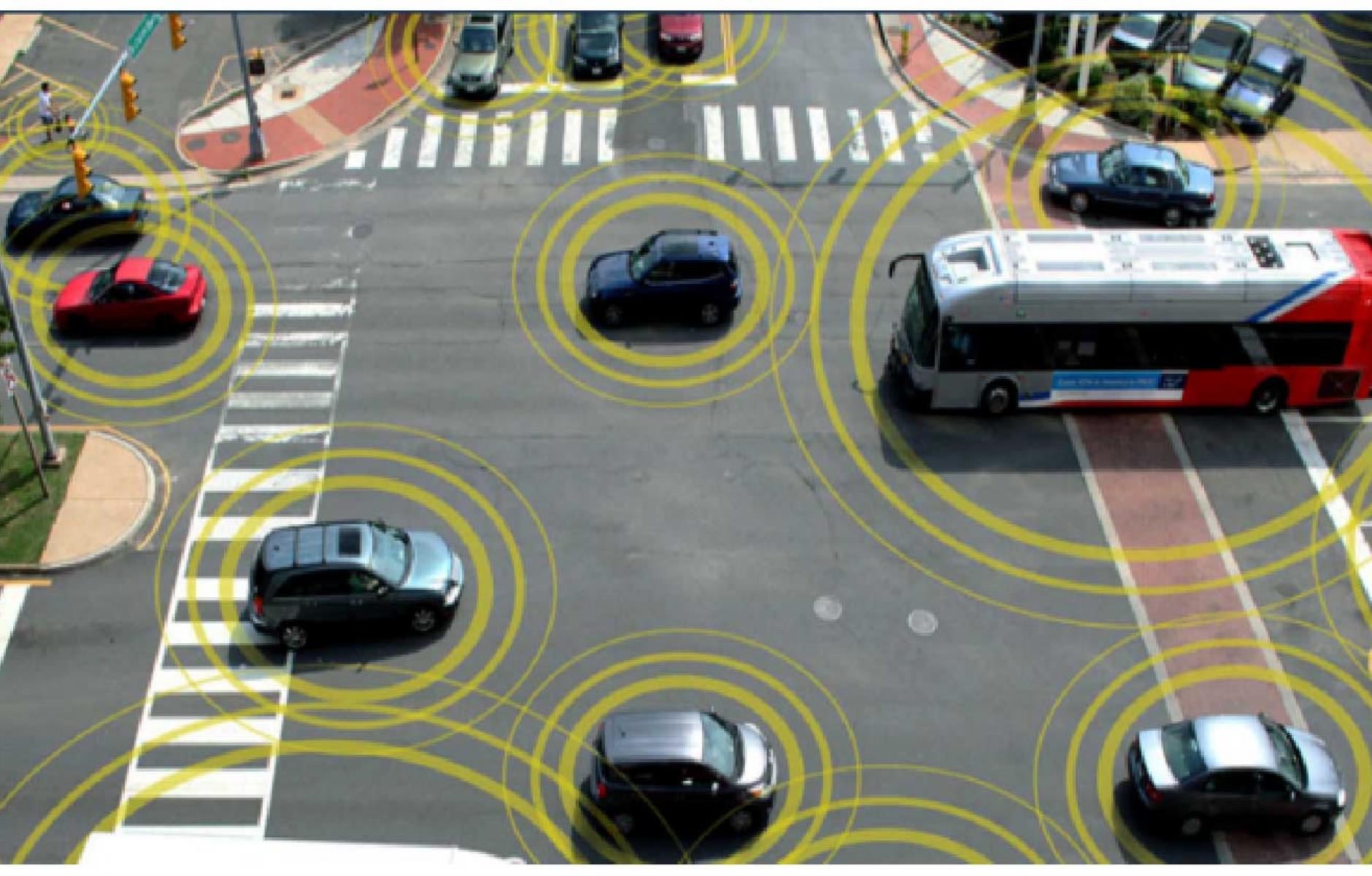
The future of parking in an autonomous era and the need for a decentralized economy
When access to internet began spreading in the 90's, there was hope it would be a decentralizing force. Today, with 5 technology companies controlling the western world (Facebook, Amazon, Google, Microsoft, Apple), some claim the opposite is true. The blockchain & crypto mania propagating these days could be attributed partly as a counter-movement to these 5 behemoths. Before the infrastructure is set up for autonomous transportation, some are already making preparations to prevent centralized forces from controlling our movements.
DAV is a computer network building the internet of transportation by converging two breakthrough technologies which will define the next 20 years: Utility tokens using blockchain technology & autonomous vehicles.
A future of decentralized vehicle networks promoted by DAV, along with driverless cars, will create a more efficient parking market for all stakeholders and transform the parking industry.
With the rapidly evolving autonomous car industry, there are predictions of the imminent demise of the needs of consumers to use parking facilities. It would be futile to get into the ongoing debate and forecasts with regards to penetration of autonomous and driverless vehicles - there are enough articles, market studies, and research online. It's only important to realize that the parking industry has at least 20 years to adapt until most cars on the road will be autonomous. This does not mean that the DAV network is here too early - the decentralized infrastructure will also take time to develop and adapt. Starting off with existing drones and connected (human-driven) cars will serve as a foundation for important traction and provide a basis and learning curve to quickly adapt to the autonomous vehicles of all levels which will appear on the roads with time.
The 2 misconceptions with regards to parking in the autonomous age:
Privately owned self-driving cars will not need parking since owners will send them to be parked at home, leave them circling around close by, or rent them out to mobility companies such as Uber & Lyft.
The constant circling in the streets of self driving fleets owned by the mobility companies, which will replace private transportation, will also eliminate the demand for parking.
With regards to the first misconception, sending a car home will be inconvenient, expensive, and risky (might not be back when the owner really needs it). Leaving it circling in the streets close by is also not feasible as city streets don't have the capacity to support thousands of vehicles using the roads as mobile parking lots. The DAV platform could indeed ease the logistics to rent private cars to mobility service companies (using the DAV token), though it seems these companies will prefer fleet ownership rather than rentals from private individuals.
With regards to the second misconception, parking will be necessary not only because the fleet vehicles, being electric (see the reasons here), will require charging for a number of hours a day and maybe more than once a day. They will also need to be cleaned regularly between users and serviced periodically as they will be driving more miles a day. This is exactly where the DAV decentralized network could maximize efficiencies between service providers. These services, to be provided by new entities, will be facilitated most efficiently within a decentralized economy using the DAV token. This is due to the geographic spread each vehicle could randomly find itself when needing to be charged, cleaned, or serviced. If all vehicles and service providers will be connected to each other on one network, the increased efficiency from being able to be charged and serviced quickly at the closest facility will enable seamless transition between users of the same driverless vehicle (see sharing models here).
Some predict that mobility operators would send their vehicles out of the city, even out of the suburbs, to rural parking facilities during off-peak hours. This is not practical because the time and distance involved sending empty vehicles to remote facilities for charging or for service represents a lost economic opportunity. It is more likely the mobility providers will seek facilities as close as possible to where the riders are. That strengthens the case for a decentralized system to maximize network effects and minimize miles with empty vehicles. With locations near populations and inside central business districts, existing parking facilities will likely enhance their services to also provide charging, cleaning, and servicing of electric vehicle fleets.
The DAV project is challenging, as it involves creating and facilitating between 2 technologies which have yet to fully materialize. Working to create the future in this ambiguous environment is difficult but feasible. As JFK said in his moon speech:
"We choose to go to the moon in this decade and do the other things, not because they are easy, but because they are hard, because that goal will serve to organize and measure the best of our energies and skills, because that challenge is one that we are willing to accept, one we are unwilling to postpone, and one which we intend to win, and the others, too."
For more information about DAV, see the following channels:
Website: https://dav.network/
Telegram: https://t.me/DAVNetwork
Twitter: https://twitter.com/davnetwork
Facebook: https://www.facebook.com/DAVNetworkTeam